Walking down the incomplete, gravelly trail that is the northern Eastside Beltline Trail is nothing short of relaxing. On a summer evening, predictably, the air is incredibly hot and humid. Insects are everywhere, most likely biting your skin. The smells are reminiscent of any typical nature area or woods. Occasionally, a biker or a runner speeds past you, in their own little world. It’s so easy to feel lost in a little pocket of nature and forget you’re in the urban metropolis that is Atlanta.
Decorated with seemingly random pieces of artwork, some interactive, always catch attention. They are usually colorful and abstract: not like a painting on a wall. Whether you stop to observe, or simply admire the art as you walk by, they bring much color to the trail.
For an adventurer, many different paths intertwine and connect on this section of the 22-mile long walking trail. Some go off in their own direction, while others may take you on a winding circle. The hidden trails are overgrown, but not invisible. You see them and immediately want to explore, even if it means receiving a hundred insect bites. There doesn’t seem to be one direction to follow on the Beltline.
Aspects of the city tend to creep into this little world, whether it’s a delta plane or the smell of sewage. As you walk, you may venture close to the interstate, and hear the roar of the traffic rush. Some parts of the trail connect to the backs of businesses. After all, the Beltline was not made to be an escape, but a cushion between nature and the city.
More complete sections of the Beltline are more heavily populated on an average evening than the one I travelled. I will refrain from quoting Robert Frost here, but I greatly enjoyed the nearly solitary adventure. The Beltline will inevitably become a great resource for residents all over Atlanta.
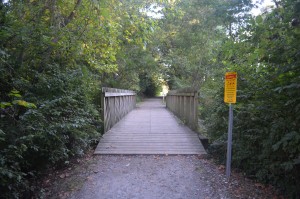
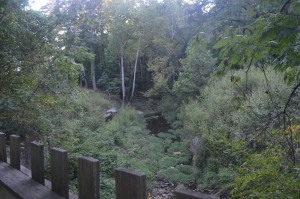
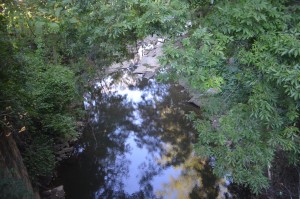
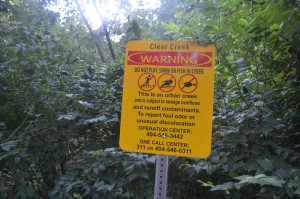

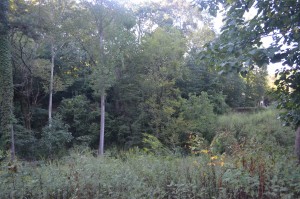
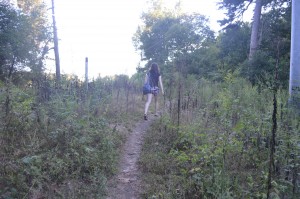

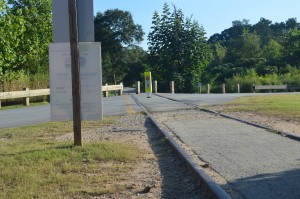
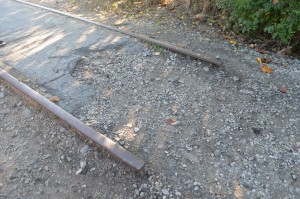
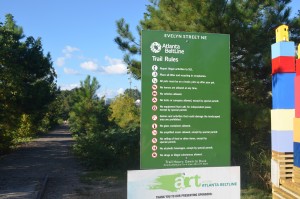
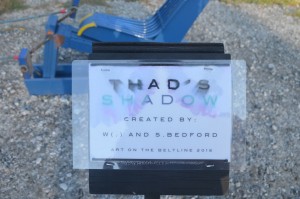

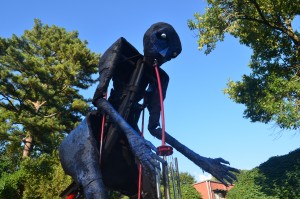
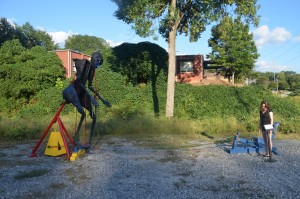
Recent Comments